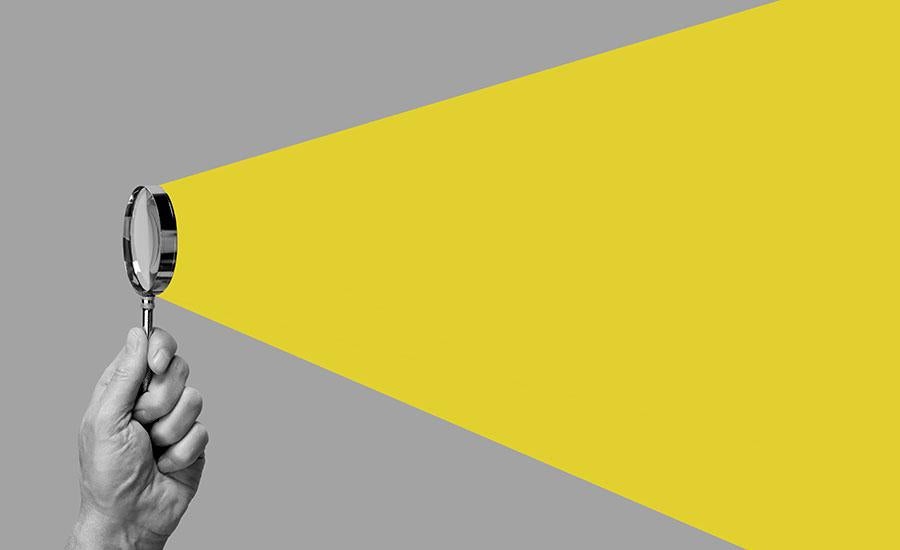
Grades:
1st Grade
Students will experiment with light and shadows, learn the values of coins, and then perform a puppet show combining their knowledge of light and shadows with their knowledge of coin values to tell

Grades:
7th Grade, 8th Grade, 9th Grade, 10th Grade, 11th Grade, 12th Grade
The students in this lab activity will play a competitive game with a small bouncy ball. The students will analyze the motion of the ball and apply projectile motion concepts. This activity requires

Grades:
6th Grade, 7th Grade, 8th Grade
This lesson shows how to use VEX IQ robots in your classroom. There are links to the VEX free resources that can be used to help new or experienced robotics teachers.

Grades:
6th Grade
In this lesson students will research different roller coasters then work in groups design and build a roller coaster using pipe insulation and tape. Students will then analyze their roller coaster

Grades:
6th Grade
This is part three of a four part unit. In this lesson students will be curious and play with a Comeback Can and a Tik-Tiki. Students will also develop explanations about how both devices work using

Grades:
7th Grade
In this lesson, the students will use the Sphero bots and the data they collected in previous lessons to create block-code to navigate a course for the Sphero Bolt to travel. The block code used is
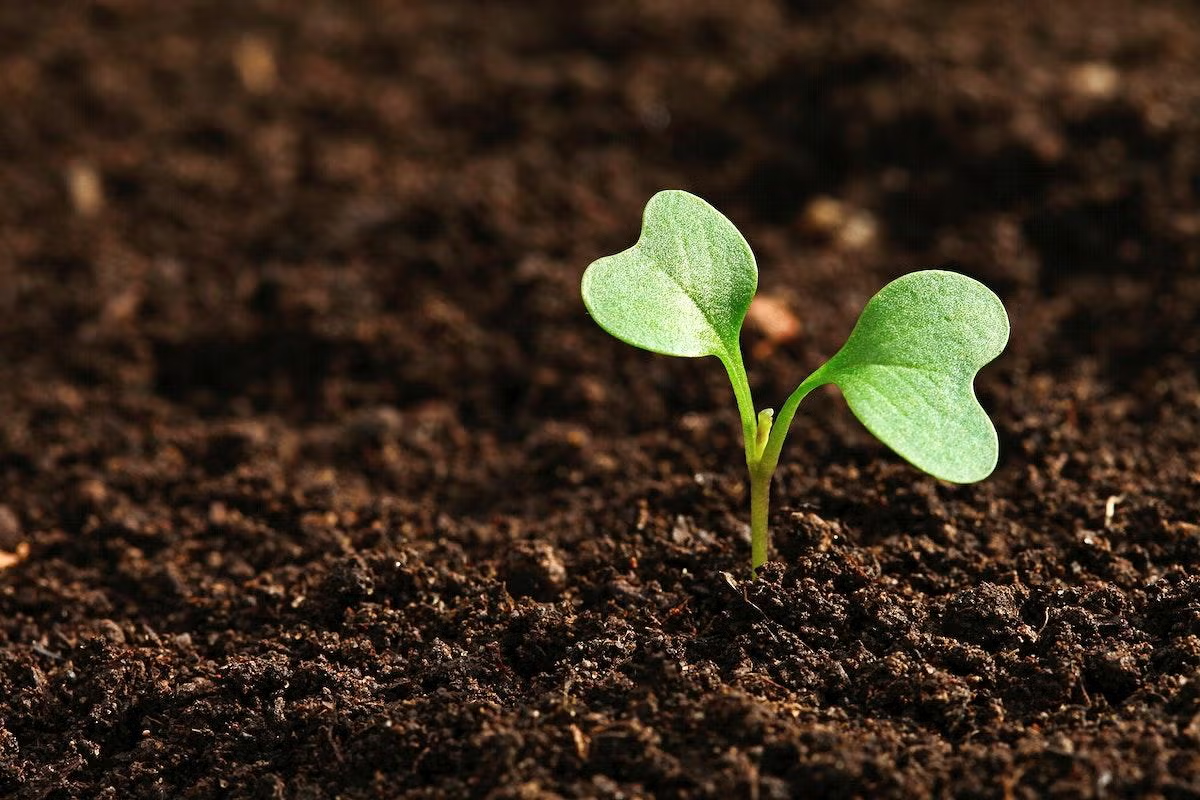
Grades:
6th Grade
Students will research and use math calculations to set up a classroom worm compost bin to compare to a classroom non-worm compost bin to be utilized for observation throughout the school year for
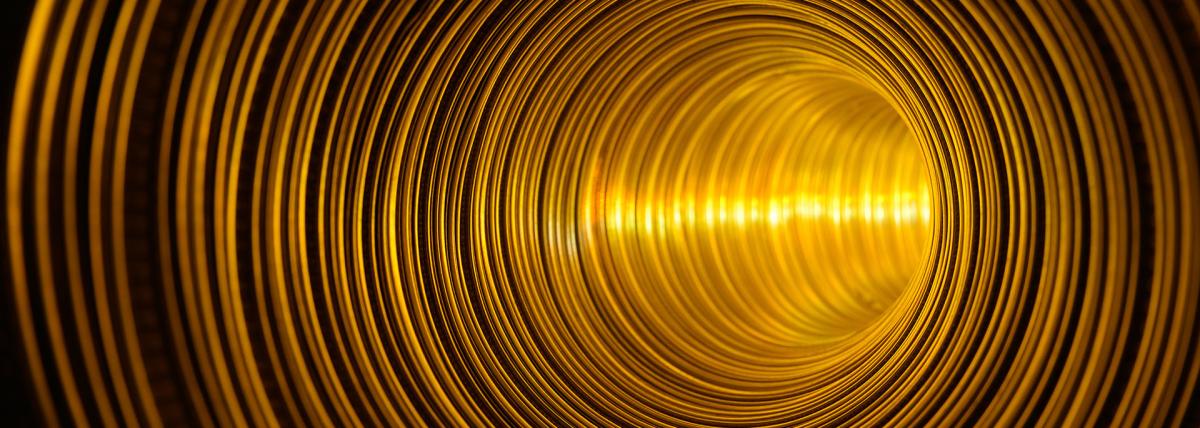
Grades:
5th Grade
This lesson uses magnets, playing cards, metal washers, and a PhET simulation to model the effects of mass and distance as acting forces on objects in our solar system.
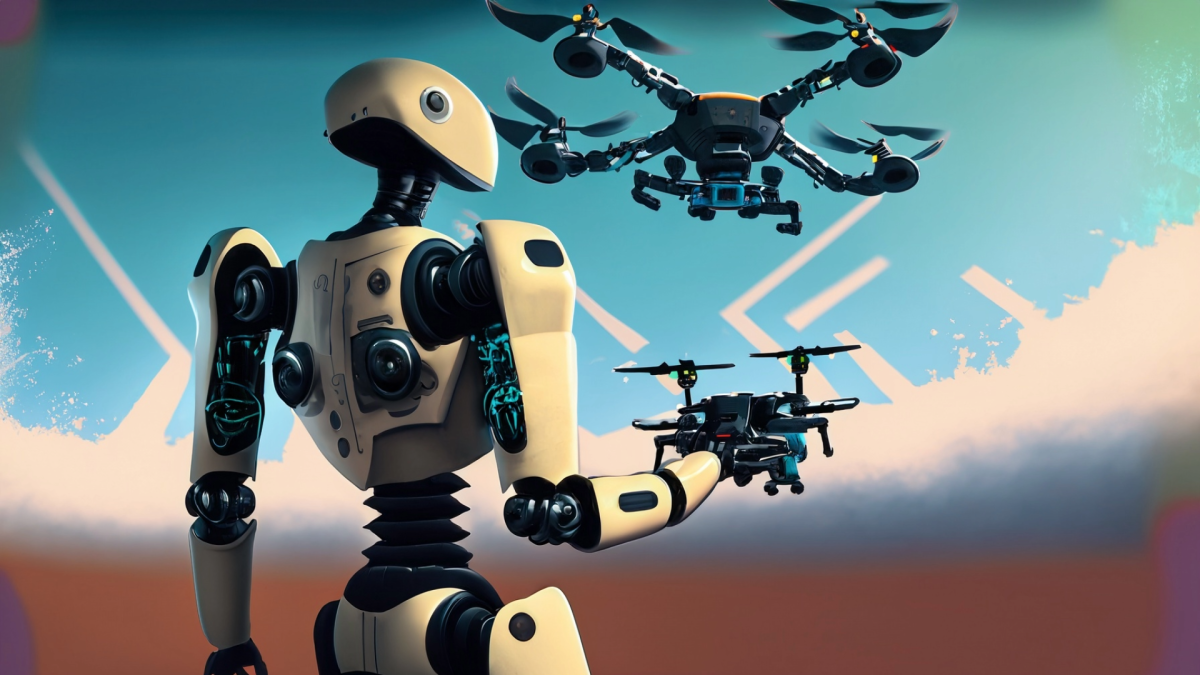
Grades:
7th Grade, 8th Grade, 9th Grade, 10th Grade, 11th Grade, 12th Grade
In this lesson the students will develop the code they previously planned out and will deploy their code to the drone. They will continue the process of reflection and iterative improvement. This is

Grades:
7th Grade, 8th Grade, 9th Grade, 10th Grade, 11th Grade, 12th Grade
In this lesson students will collect data on the performance of their drone. Students will design a systematic process of data collection that will then lead to the development of a predictive model

Grades:
7th Grade, 8th Grade, 9th Grade, 10th Grade, 11th Grade, 12th Grade
This is a lesson where students will learn about the sensors that are integrated into their drones and how students can get a live feed of information from these sensors to aid in autonomous decision

Grades:
7th Grade, 8th Grade, 9th Grade, 10th Grade, 11th Grade, 12th Grade
In this lesson students will think back on all of the coding skills they have learned and will plan out their code to fly their drone through their maze based on sensor feedback. It is important that

Grades:
7th Grade, 8th Grade, 9th Grade, 10th Grade, 11th Grade, 12th Grade
This is an investment lesson where students will learn about how to code with loops and logical statements and they will test what they learn by developing code to fly their drones. This one lesson

Grades:
7th Grade, 8th Grade
In this lesson (the 6th in the lesson series) students will actually fly their drone and observe problems. These will come from variables like power level of a battery, drift of the drone, and just

Grades:
7th Grade
Part 4! Students take all that they have learned from all the parts along with observations of their rocket launch to create a detailed google slides presentation!

Grades:
7th Grade
Part 3 of the Unit. Students launch their rockets and record observations along with altitude data!

Grades:
5th Grade
In this lesson, students will work individually to build a working periscope. They will make a simple one out of card stock and then being creative with whatever supplies their teacher gives them

Grades:
7th Grade, 8th Grade, 9th Grade, 10th Grade, 11th Grade, 12th Grade
Students will combine science and art by using an alternative photographic process called cyanotypes or sun prints. After a short introduction to the history of cyanotypes and the process of creating

Grades:
9th Grade, 10th Grade, 11th Grade, 12th Grade
This lesson is an opportunity for students to learn about the past, the interesting field of nuclear radiation, and future implications to humanity as we encounter it in our spaces.
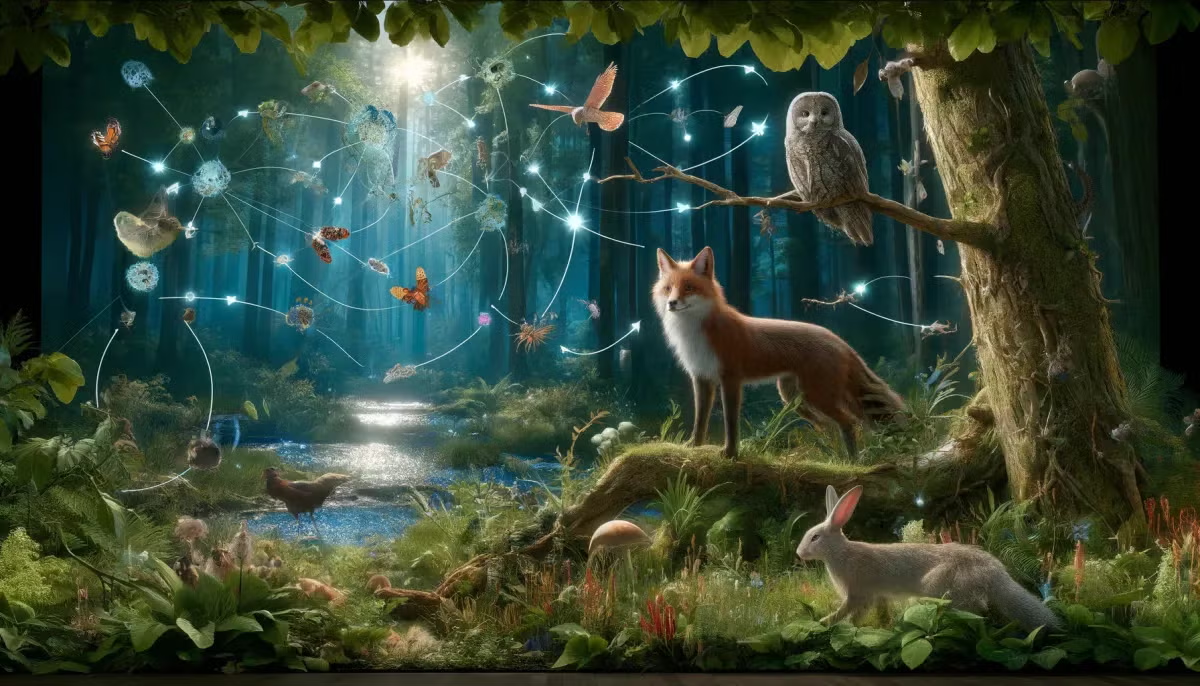
Grades:
8th Grade, 9th Grade, 10th Grade
This is part of an Ecology Unit, where students will create a food web using a set of cards. Students will identify the organisms in the different trophic levels, create a series of food chains, then

Grades:
6th Grade, 7th Grade, 8th Grade
This is a 5E lesson plan for teaching middle school students (grades 6-8) how to use sensors to control motors and interact with objects on a field using block code with a system like LEGO Mindstorms.

Grades:
7th Grade
This lesson is the 3rd lesson in a series of 4. It has the students learning about measuring angles and calculating missing angles to determine the angles on a practice Sphero Bot course. Once the
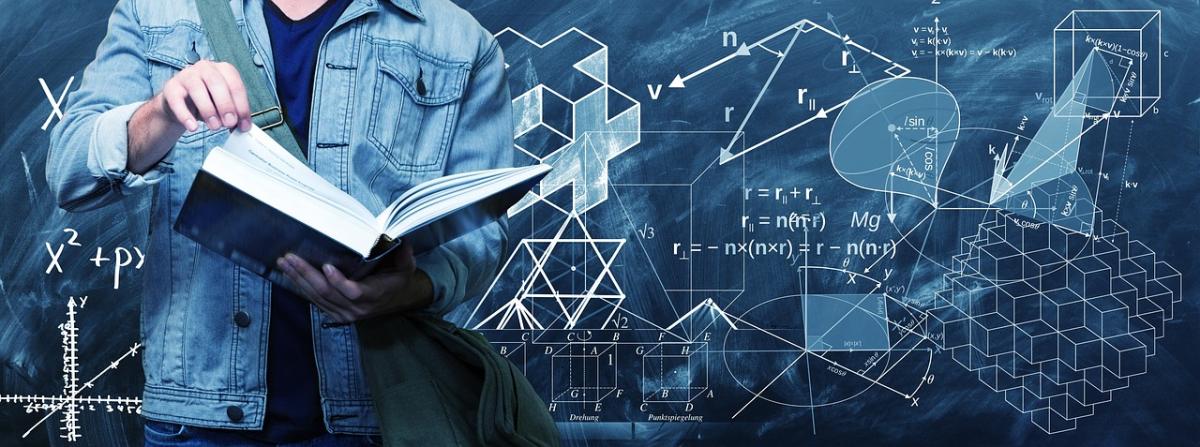
Grades:
Kindergarten, 1st Grade, 2nd Grade, 3rd Grade
This hands-on lesson is to help students create geometric shapes by writing code to allow their robot to create the assigned shape. Students learn about algorithms as they explore the basics of coding

Grades:
7th Grade, 8th Grade, 9th Grade, 10th Grade, 11th Grade, 12th Grade
This is a lesson geared toward junior high and high school classes to introduce students to the idea of cryptography and encryption. This lesson could be simplified for younger students by removing


